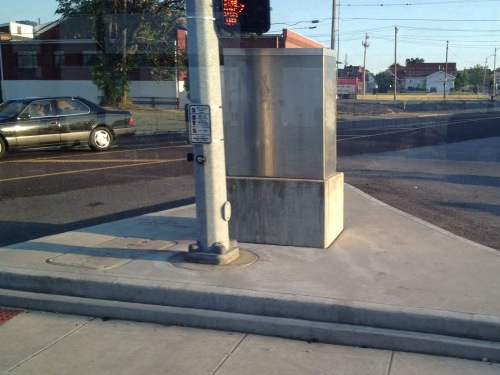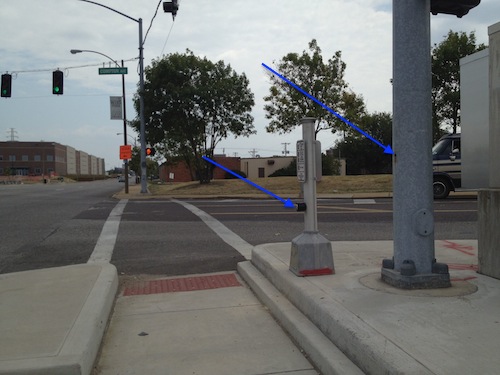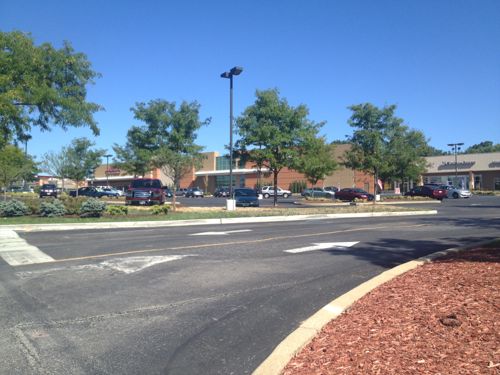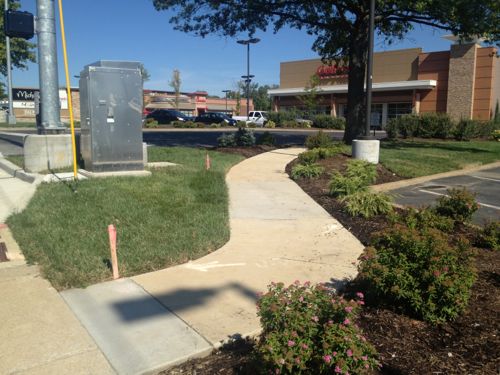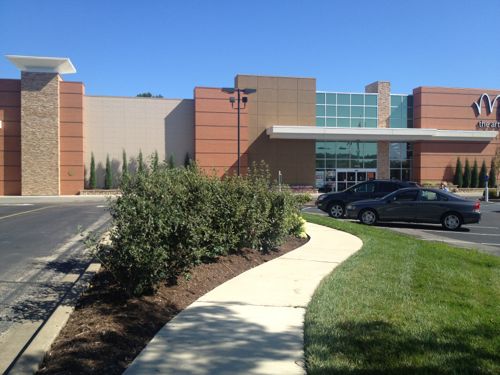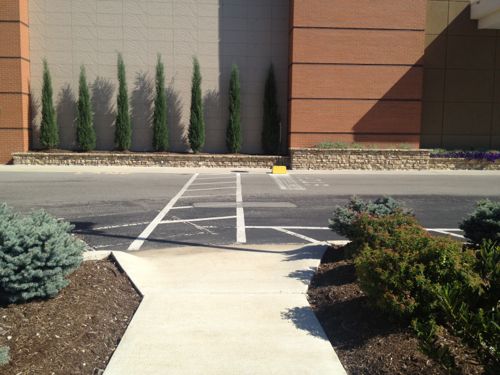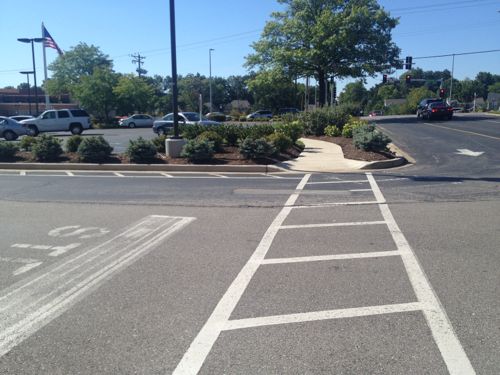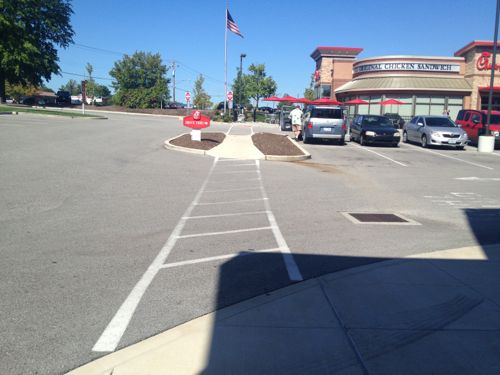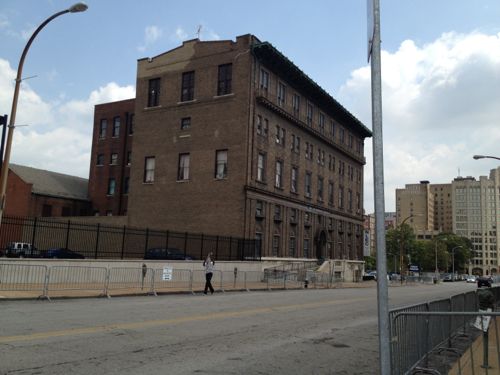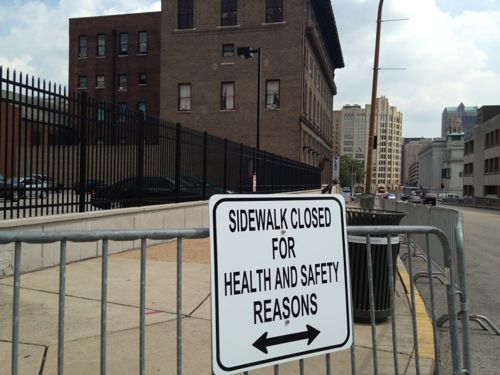Readers: Passenger Rail Critical To America’s Future
|
|
Four out of five readers that voted in the poll last week think passenger rail service is critical enough to warrant federal financial support, I fully agree. Mobility is an important part of our society and the federal government subsidizes all modes — planes, trains and automobiles.
Let’s start with automobiles, our roads and bridges have been heavily subsidized over and above gas taxes:
Federal gas taxes have typically not been devoted exclusively to highways – Since its 1934 inception, Congress only temporarily dedicated gas tax revenues fully to highways during the brief 17-year period beginning in 1956. This was at the start of construction for the Interstate highway network, a project completed in the 1990s.
- Highways don’t pay for themselves — Since 1947, the amount of money spent on highways, roads and streets has exceeded the amount raised through gasoline taxes and other so-called “user fees” by $600 billion (2005 dollars), representing a massive transfer of general government funds to highways.
- Highways “pay for themselves” less today than ever. Currently, highway “user fees” pay only about half the cost of building and maintaining the nation’s network of highways, roads and streets.
- These figures fail to include the many costs imposed by highway construction on non-users of the system, including damage to the environment and public health and encouragement of sprawling forms of development that impose major costs on the environment and government finances. (Source: US Public Interest Research Group)
And the massive subsidized road network needs further subsidizing because of deterioration:
Despite billions of dollars in federal, state and local funds directed toward the maintenance of existing bridges, 69,223 bridges — 11.5 percent of total highway bridges in the U.S. — are classified as “structurally deficient,” requiring significant maintenance, rehabilitation or replacement.
Two key problems persist: while Congress has repeatedly declared bridge safety a national priority, existing federal programs don’t ensure that aging bridges actually get fixed; and the current level of investment is nowhere near what is needed to keep up with our rapidly growing backlog of aging bridges. (Transportation For America)
And yes tax dollars are used to subsidize air travel:
Essential Air Service (EAS) is a U.S. government program enacted to guarantee that small communities in the United States, which, prior to deregulation, were served by certificated airlines, maintained commercial service. Its aim is to maintain a minimal level of scheduled air service to these communities that otherwise would not be profitable. This came in response to the Airline Deregulation Act, passed in 1978, which gave U.S. airlines almost total freedom to determine which markets to serve domestically and what fares to charge for that service. The program is codified at 49 U.S.C. §§ 41731–41748.
The United States Department of Transportation (DOT) subsidizes airlines to serve rural communities across the country that otherwise would not receive any scheduled air service. As of June 1, 2009, 152 communities were being served with a subsidy, of which 45 were in Alaska, whose guidelines for service are separate and distinct from the rest of the country. The decision as to what degree of subsidized service a community requires is made based on identifying a specific hub for the community and from there determining the number of trips, seats, and type of aircraft that are necessary to reach that hub. (Wikipedia — includes details on subsidized routes)
The following routes to Lambert International Airport are subsidized through the EAS program:
- Jonesboro AR
- Decatur IL
- Marion/Herrin IL
- Quincy IL/Hannibal MO
- Burlington IA
- Owensboro KY
- Cape Girardeau / Sikeston MO
- Ft. Leonard Wood MO
- Kirksville MO
It’s good to keep smaller communities connected to larger cities. I wonder how many small government/tea party types realize their flight from their local airport to a hub airport is subsidized? Oh wait, they know:
Tea party lawmakers from rural areas were among those fighting the hardest to preserve taxpayer subsidies for airline flights into and out of small towns last year after senior Republicans tried to eliminate the oft-criticized program. Now, the House Appropriations Committee is awarding the program an 11 percent budget hike. (Fox News)
Hmm…

Which brings us to trains, specifically, Amtrak:
The size of the federal government’s Amtrak subsidies – nearly $1.5 billion in this fiscal year, when both operating subsidies and capital costs are included – has led many Republicans, including presidential nominee Mitt Romney and the chairman of the House transportation committee, to call for ending or greatly reducing Amtrak’s federal support. (St. Louis Beacon)
As you might expect, Washington doesn’t agree on Amtrak:
The GOP platform takes a harsh tack on Amtrak in particular, which has been a frequent target of Republicans on the House Transportation and Infrastructure Committee. (The Hill)
Versus:
For President Barak Obama, Amtrak symbolizes a communal investment in the American infrastructure that enables and catalyzes economic growth. (CBS News)
We’re getting closer to seeing benefits from the investments that’ve been made in rail transportation infrastructure:
The first test runs of 110-mph passenger trains in Illinois are scheduled to begin by the end of this month. But speed is only one piece of the test.
Transportation regulators and Amtrak also will monitor an automated system of crossing gates and lights intended to accommodate trains, motorists and pedestrians. If the system works as expected on the Amtrak line between Dwight and Pontiac, plans are to extend the upgrades to the remainder of the route downstate.
The target is to begin faster service between Chicago and St. Louis in 2015. (State Journal-Register — Springfield IL)
As you might expect, I’ve been happy with the investments made in rail to improve passenger and freight service. If Amtrak is privatized many communities will find themselves without service because that route wouldn’t please stockholders.
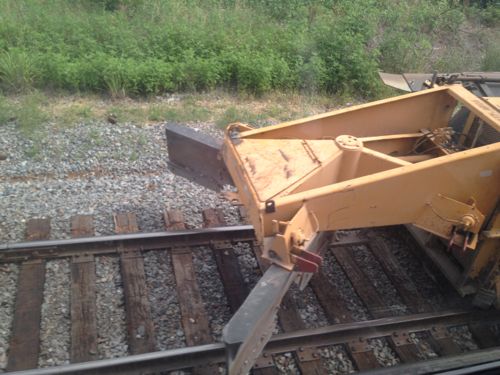
Background on Amtrak from Wikipedia:
The National Railroad Passenger Corporation, doing business as Amtrak (reporting mark AMTK), is operated and managed as a for-profit corporation and began operations on May 1, 1971 to provide intercity passenger train service in the United States. “Amtrak” is a portmanteau of the words “America” and “track”. It is headquartered at Union Station in Washington, D.C.
Although the Rail Passenger Service Act of 1970, which established Amtrak, specifically states that “The Corporation will not be an agency or establishment of the United States Government,” the federal government (through the United States Department of Transportation) does own all issued and outstanding preferred stock in the company. Common stock was issued in 1971 to railroads that contributed capital and equipment; these shares convey almost no benefits but their current holders declined a 2002 buy-out offer by Amtrak. Amtrak also receives annual appropriations from the federal government to supplement operating and capital programs. In Fiscal Year 2011, the U.S. Congress granted Amtrak $563 million for operating and $922 million for capital programs. Amtrak points out that in 2010, its farebox recovery (percentage of operating costs covered by revenues generated by passenger fares) was 79%, the highest reported for any U.S. passenger railroad. The members of its board of directors are appointed by the President of the United States and are subject to confirmation by the United States Senate.
Amtrak employs more than 20,000 people. It operates passenger service on 21,200 miles (34,000 km) of track primarily owned by freight railroads. Amtrak operates more than 300 trains each day – at speeds up to 150 mph connecting more than 500 destinations in 46 states and three Canadian provinces. In fiscal year 2011, Amtrak served 30.2 million passengers and had $2.7 billion in revenue.
Amtrak’s origins are traceable to the sustained decline of private passenger rail services in the United States from about 1920 to 1970. In 1970, in response to the decline, Congress and President Richard Nixon created Amtrak, which was to begin operations on May 1, 1971. The Nixon administration secretly agreed with some railroads that Amtrak would be shut down after two years. After Fortune magazine exposed the manufactured mismanagement in 1974, Louis W. Menk, chairman of the Burlington Northern Railroad, remarked that the story was undermining the scheme to dismantle Amtrak.
Nixon and his secrets…
Here are the results from the poll:
Is Passenger Rail Service Important To America’s Future?
- Yes, even with federal support 104 [80%]
- No 9 [6.92%]
- Yes, but not with federal support 13 [10%]
- Unsure/No Opinion 2 [1.54%]
- Other: 2 [1.54%]
The two other answers were:
- Yes, but on a regional basis.
- Yes, but the infrastructure needs to be built comparable to Europe.
Remember these polls aren’t scientific, but they do reflect the views of an urban audience.
— Steve Patterson
